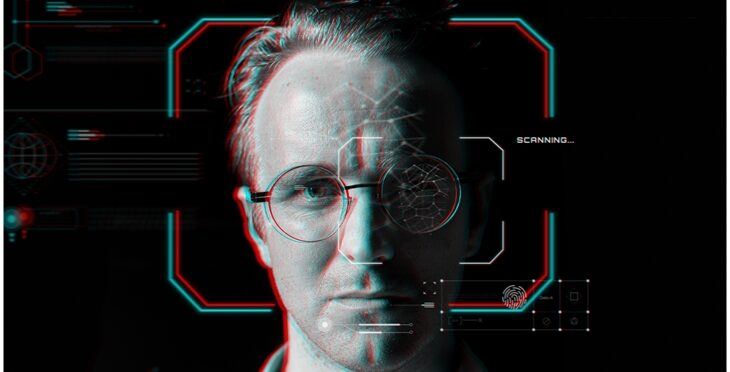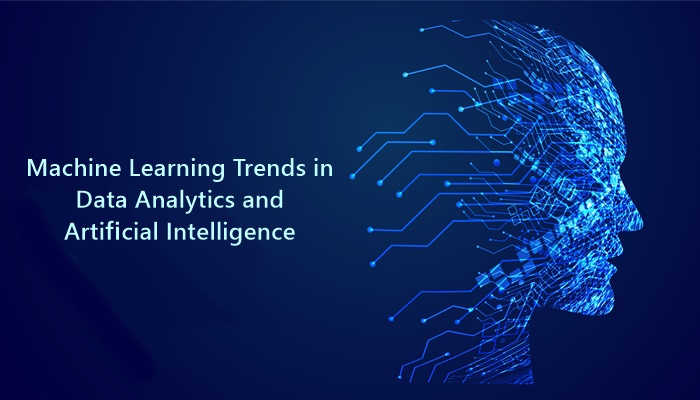Applications of Deepfake Technology
What are Deepfakes
Applications of Deepfake Technology have been growing at a fast pace. Deepfakes are computer-generated fake videos. They combine images to create new footage depicting events, statements, or actions that never occurred. Fake videos created with digital software, machine learning are known as deepfakes. The outcomes can also be very convincing. Moreover, deepfakes differ from other types of false information. They are very difficult to spot.
Deepfakes are media that are usually in the form of video but can also be in the form of audio. They are created, altered, or synthesized using deep learning. Thus it deceives viewers or listeners into believing a false event or message.
Deepfakes are an extension of the video concept, which has been used for decades. Video compositing requires a lot of video skills, time, and equipment. In contrast, video deepfakes need a lot less skill, time, and equipment, even if they are often unconvincing to careful observers.
Creation of Deepfakes
Machine learning is the main ingredient in deepfakes. It has allowed the production of deepfakes much faster and at a lower cost. To make a deepfake video of someone, a creator would first train a neural network on many hours of real video footage of the person. It gives it a realistic "understanding" of how he or she appears from various angles and lighting conditions. The trained network is then combined with computer graphics techniques. This superimposes a copy of the person onto another actor.
The addition of AI has sped up the process far beyond what it would have been otherwise. But, this process takes time to produce a believable composite that places a person in a completely fictional situation. To avoid blips in the image, the creator must tweak many of the trained program's parameters. The procedure is far from simple.
Positive Applications of Deepfake Technology
Accessibility
Artificial intelligence can create tools that can hear, see, and, soon, reason with increasing accuracy. Thanks to Artificial General Intelligence (AGI). AI-Generated Synthetic Media can also help people augment their agency. It gives them independence by making accessibility tools smarter, affordable, and personalizable. Moreover, AI-based tools can make solutions more accessible to everyone.
Education
Deepfakes can assist a teacher in delivering engaging lessons. Also, these lessons would go beyond traditional visual and media formats.
Artificial intelligence-generated synthetic media can bring historical figures to life in the classroom. Thus making lessons more engaging and interactive. A synthetic video of reenactments or a voice and video of a historical figure will have a greater impact. It might increase engagement and be a more effective learning tool.
With the scale and low cost, the use of synthetic voice and video can also improve success and learning outcomes.
Art
Deepfake has the potential to democratize expensive VFX technology. It can also become a powerful tool for independent storytellers at a fraction of the cost.
Deepfakes can be an excellent tool for realistically realizing the primary tenants of comedy or parody. These might be a reflection, stretching, contortion, and appropriation of real events. Also, artificial intelligence-generated synthetic media has great potential. It can open up opportunities in the entertainment industry. Also, we're seeing a lot of independent creators and YouTubers seizing the opportunity.
AI-generated graphics and imagery can speed up game development in the video gaming industry. Nvidia demonstrated a hybrid gaming environment created by deepfakes and plans to release it soon.
Another good use case for synthetic voice is audio storytelling and book narration. The audio format for the author's book can be created using the author's synthetic voice font. Moreover, businesses can broaden the reach of their content by using synthetic voice-overs of the same actor in different languages.
Autonomy & Expression
Human rights activists and journalists can use synthetic media to remain anonymous in dictatorial and oppressive regimes. Citizen journalists and activists can also gain a lot of power by using technology to report atrocities on traditional or social media. Deepfake can also be used to mask the identity of people's voices and faces to protect their privacy.
Individuals can use Deepfakes to create avatar experiences for self-expression on the internet. Individuals can gain autonomy and expand their purpose, ideas, and beliefs by using a personal digital avatar. Synthetic avatars of people with physical or mental disabilities will help express themselves online.
Deepfakes can give individuals new tools for self-expression and integration in the digital world.
Amplification of the Message and its Reach
Text to Speech models can help podcasters create synthetic audio from text with fewer errors. The process can be sped up by using the podcaster's voice font.
Influencers can use deepfakes to broaden their reach and expand their audience. A brand can reach a large number of customers with targeted and personalized messaging by using deepfakes. AI-Generated deepfakes and digital models are also becoming a new trend in fashion and brand marketing.
With influencers' and celebrities' consent, AI Foundation is developing personal AI. This would engage and amplify their audience, create deeper engagement with fans. Moreover, it can also deliver personalized experiences at scale.
Digital Reconstruction & Public Safety
Reconstructing a crime scene is both a science and an art. It requires both inductive and deductive reasoning as well as evidence. Artificial intelligence-generated synthetic media can aid in the reconstruction of a crime scene. Also, a team of civil investigators created a virtual crime scene using cell phone videos. It used autopsy reports and surveillance footage.
Innovation
In many industries, data and AI are assisting with digital transformation and automation. Deepfake is also gaining traction as a way to engage customers and deliver value.
To personalize news at scale, Reuters demonstrated an AI-Generated deepfake presenter-led sports news summary system. Deepfakes can help turn customers into models in the fashion retail industry. It can allow them to virtually try on the latest clothing and accessories.
Customers' faces, bodies, and even micro mannerisms can also make an exciting app. This will generate a deepfake and allow them to try on the latest fashion trends. Data Grid, a Japanese artificial intelligence firm, has developed an artificial intelligence engine. It also generates virtual models for advertising and fashion automatically.
The deepfake approach allows brands to create a virtual trial room. Here users can try out products before purchasing them. Retailers can also engage customers at home by creating a mixed reality world powered by AI. It would allow them to try on furniture and decorate their space.
Low-resolution images can also use AI to enhance and improve their resolution. These deepfake enhancement techniques are especially useful for older media.
Dangerous Applications of Deepfake Technology
Corporate Level Fraud
The most common attack methods are those based on deepfakes. Fraudsters no longer try to persuade an organization's employee to transfer money via a fake email. They persuade them through a phone call where the caller sounds like the CFO or CEO.
Extorting Money from Businesses or Individuals
Manipulated with deepfake, faces and voices transferred to media files show people making false statements. It is possible to make a video of a CEO making fake announcements. An attacker could also blackmail a company by threatening to send the video to press agencies or post it on social media.
False Information/FakeNews
Fake news isn't new, and its use is to sow discord and division throughout history. It is still used today to deceive the public and disrupt political, business, and social activities. Fake videos that depict real events or show real people saying and doing things they never did can sow doubt and confusion. The fake news industry is already attempting to do so.
Fake Videos
A video in which a Thai actor replaced President Trump was created using the first version of deepfake technology. The skewed video was widely shared on social media and received widespread attention. Other videos have gone viral in which the actress from the original video claims that the President is real, but the President claims that he is not.
Conclusion
Deepfakes offer a fantastic opportunity to make a positive difference in our lives. Artificial intelligence-generated synthetic media can be a powerful enabler. Deepfakes can provide people with a voice and a sense of purpose. From art, expression, and public safety to accessibility and business, new ideas and capabilities for empowerment have emerged from all walks of life. Deepfakes have the potential to open doors for everyone, regardless of their limitations.
But, as synthetic media technology becomes more widely available, the risk of exploitation rises. Deepfakes can smear people's reputations, fabricate evidence, defraud the public. It can erode public confidence in democratic institutions.
With further improvements and better laws regarding Deepfakes, it will be a great technology to use.
You may like to read:
Machine Learning Vs. Artificial Intelligence
Machine Learning Trends in Data Analytics and Artificial Intelligence






